If you make a purchase, My Modern Met may earn an affiliate commission.
yo readour disclosurefor more info.
Despite being a highly individualisticRenaissance artist, there are only 25 surviving works that historians attribute to the master.
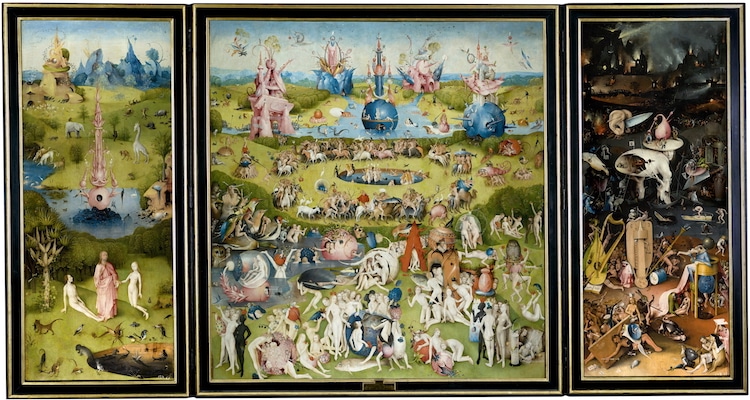
Hieronymus Bosch, “Garden of Earthly Delights,” between 1480 and 1505 (Photo:Wikimedia Commons, Public domain)This post may contain affiliate links. If you make a purchase, My Modern Met may earn an affiliate commission. Please readour disclosurefor more info.
Hieronymus is a derivative of his birthplace, s-Hertogenbosch or Den Bosch, which translates to the forest.
Many painters copied his style, with the most famous being Pieter Bruegel.
What is it about Bosch andThe Garden of Earthly Delightsthat continues to capture the public’s imagination?

Central panel of “Garden of Earthly Delights,” between 1480 and 1505 (Photo:Wikimedia Commons, Public domain)
Let’s take a look at thisfamous paintingand dissect the madness that has captivated and confounded historians.
Learn 17 facts about Hieronymus Bosch’s paintingThe Garden of Earthly Delights.
Surprisinglylittle is known about the influential artist.
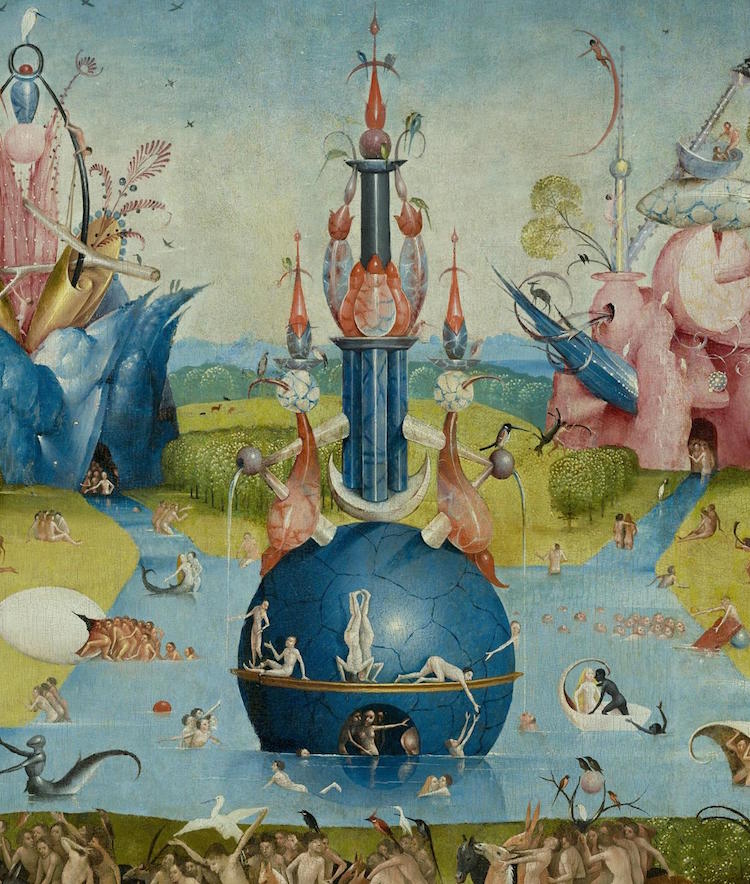
Detail of “Garden of Earthly Delights,” between 1480 and 1505 (Photo:Wikimedia Commons, Public domain)
We dont know his birth date, level of education, or even who his patrons were.
Bosch didn’t date his paintings.
Its currently thought to have beenpainted sometime between 1490 and 1510.
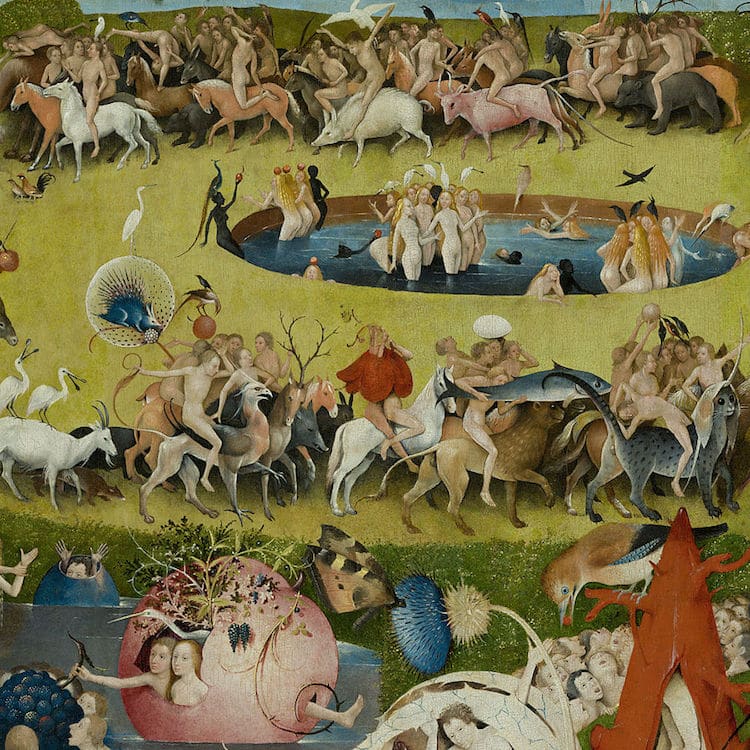
Detail of “Garden of Earthly Delights,” between 1480 and 1505 (Photo:Wikimedia Commons, Public domain)
It’s bigger than you may realize.
When open, thislarge-scale artworkmeasures a little over 7 feet tall and almost 13 feet long.
The center panel alone is 6.5 feet wide.
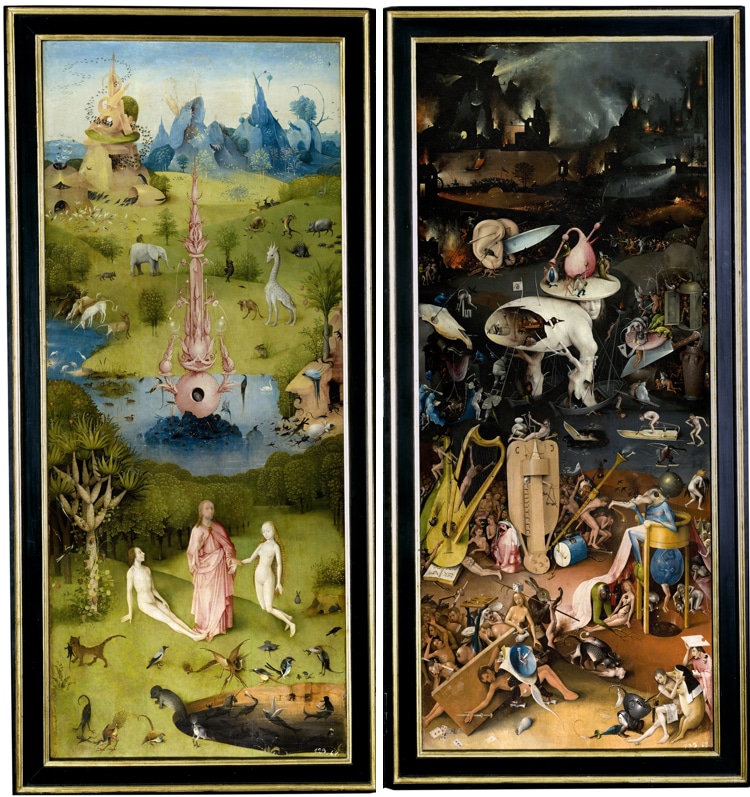
Left and right panels of “Garden of Earthly Delights,” between 1480 and 1505 (Photo:Wikimedia Commons, Public domain)
Bosch paintedThe Garden of Earthly Delightsusing oil paint on oak panels.
At the time,oil paint was still less than 100 years old.
According to Giorgio Vasari inThe Lives of the Artists, Flemish artistJan Van Eyckcreated the technique around 1410.
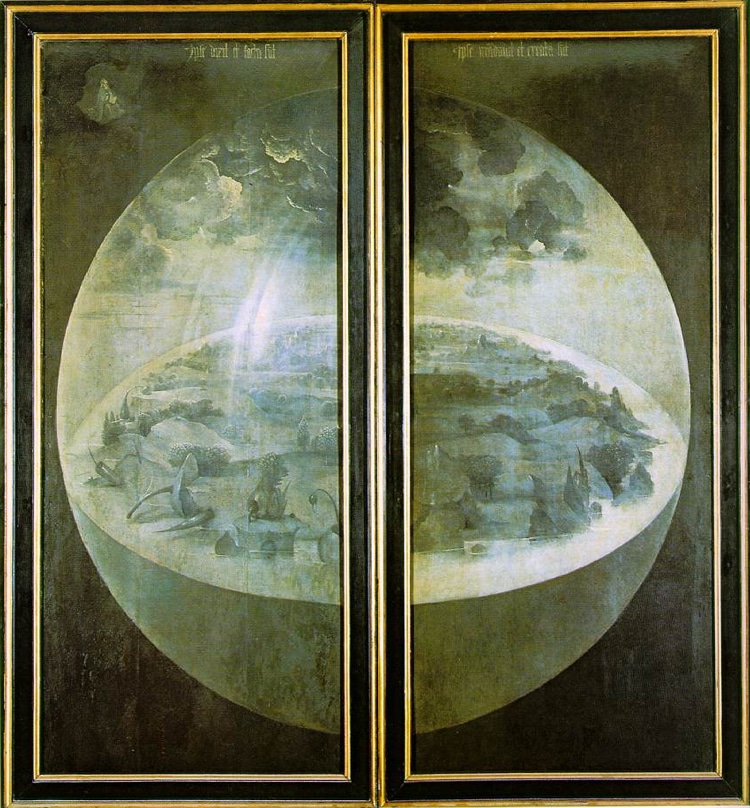
Closed panels of the “Garden of Earthly Delights,” between 1480 and 1505 (Photo:Wikimedia Commons, Public domain)
There’s reason to believe Bosch’s work was an immediate hit.
The first mention ofThe Garden of Earthly Delightsis in 1517, one year after Bosch died.
Other indicators of its success were the tapestry and painted copies made of the work after his death.
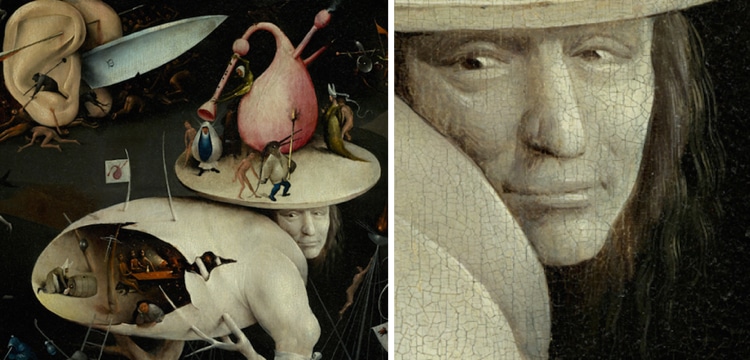
Detail of the “Tree Man” in the “Garden of Earthly Delights,” between 1480 and 1505 (Photo:Wikimedia Commons, Public domain)
We aren’t sure who it was made for, but it definitely wasn’t an altarpiece.
Instead, it’s likely to have been aprivate patron that commissioned the work.
The Garden of Earthly Delightsis a modern misnomer.

Detail of the strawberries in the “Garden of Earthly Delights,” between 1480 and 1505 (Photo:Wikimedia Commons, Public domain)
The triptych was most likelyintended to be read from left to right, as each panels meaning is interconnected.
The outer left panel shows God introducing Eve to Adam and the right panel depicts the torture of damnation.
The central, and most well-known, panel is what the piece takes its name after.
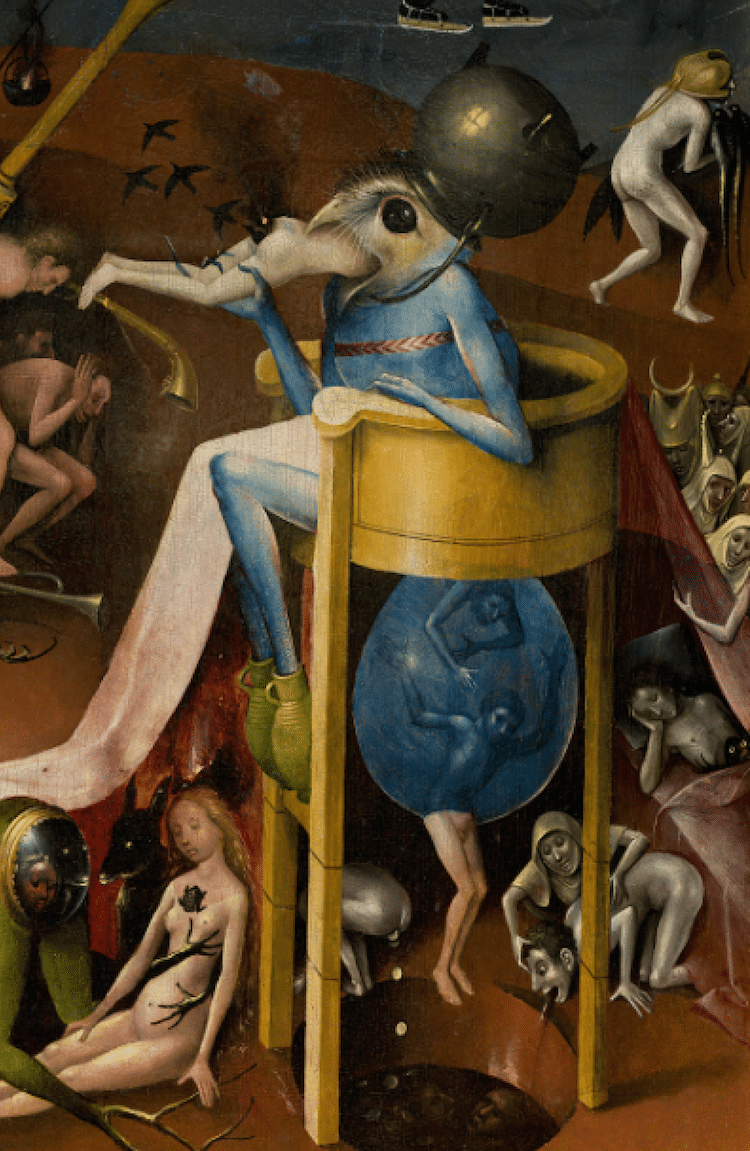
Detail of “Garden of Earthly Delights,” between 1480 and 1505 (Photo:Wikimedia Commons, Public domain)
This garden shows the surreal and bizarre temptations on Earth.
Grisaille is used to describe a painting entirely executed in tones of gray or neutral colors.
The work shows the world in stunning detail, encased in a clear globe.
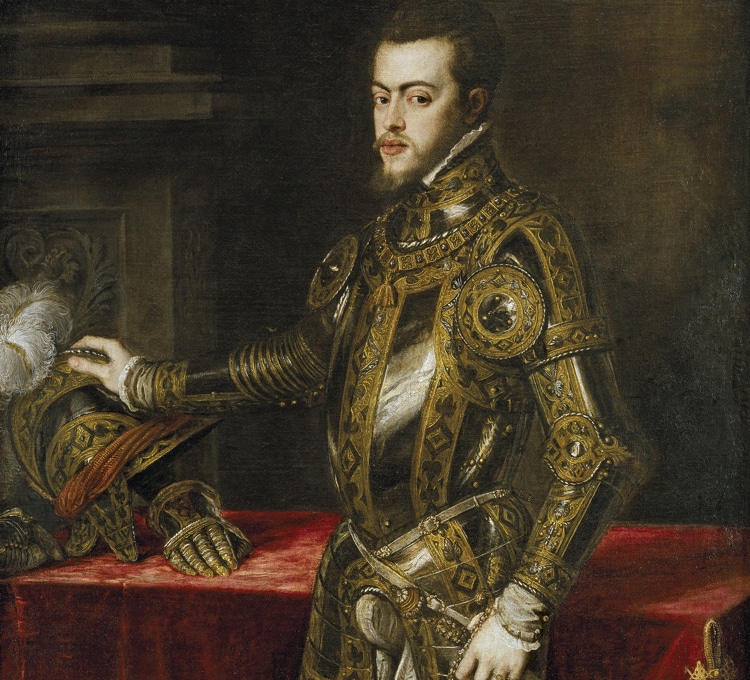
Titian, Detail of “Philip II in Armour,” c. 1550s (Photo:Wikimedia Commons, Public domain)
Although it’s impossible to verify, some believe that the artistincluded a self-portrait in the hell panel.
The theory was first proposed by art historian Hans Belting inhis book on the painting.
The description is due to theprominent strawberry tree in the central panel.
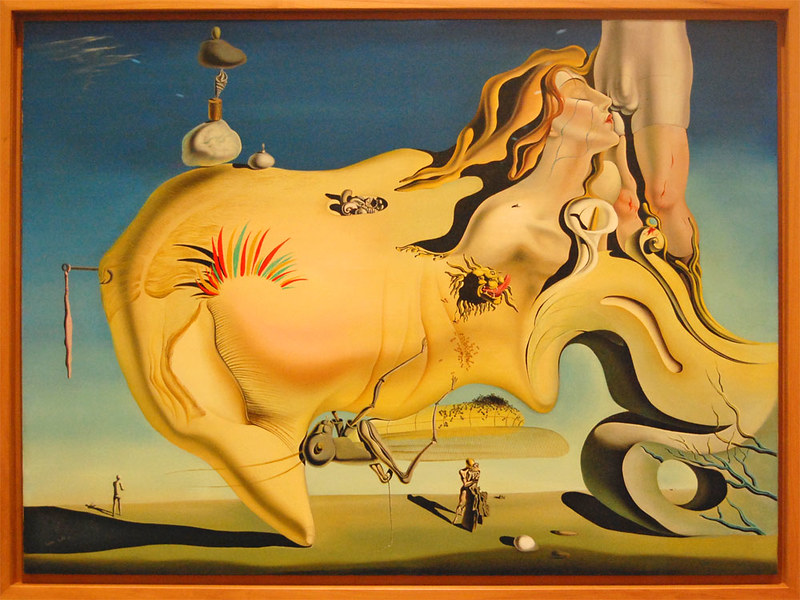
In fact, strawberries are scattered throughout the work, making it a recurring theme.
As with all aspects of the painting, there aredifferent interpretationsof the meaning behind all these strawberries.
With their abundance of seeds, are they a reference to promiscuity?
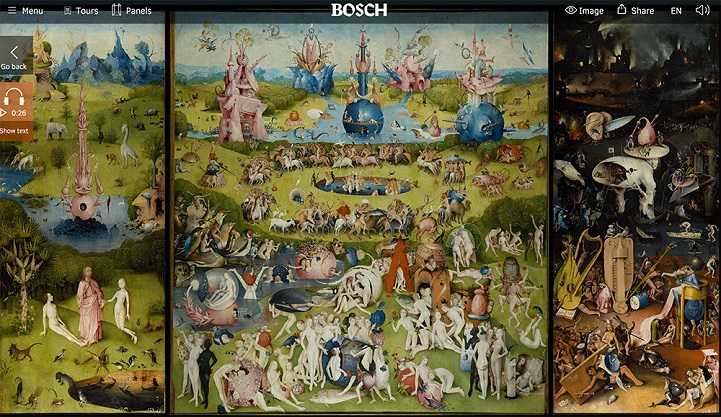
Image of the interactive exhibit of Hieronymus Bosch’s “Garden of Earthly Delights”
Or, do they follow the Catholic tradition of symbolizing rebirth and righteousness?
One character has been dubbed the Prince of Hell.
It comes off as consuming the body of a woman while other humans are being tortured below.
On top of the blue character’s head is a cauldron which possibly suggests a crown.
For this reason, it has been referred to as the Prince of Hell.
It’s an artwork that has defied interpretation for generations.
So what does it all mean?
The Spanish Civil War is responsible for putting the painting in the Prado Museum.
The Garden of Earthly Delightsarrived in Spain after King Philip II bought it at auction in 1591.
He then displayed it at his home, the Escorial.
Since 1939, the painting has been a landmark piece in the Prados Collection.
The work had a huge influence on the Surrealist painters of the 1920s.
By portraying overly sexualized characters and hybrid animals, they are indirectly quoting the Netherlandish master.
you’re free to still view the triptych thanks to an interactive online exhibit.